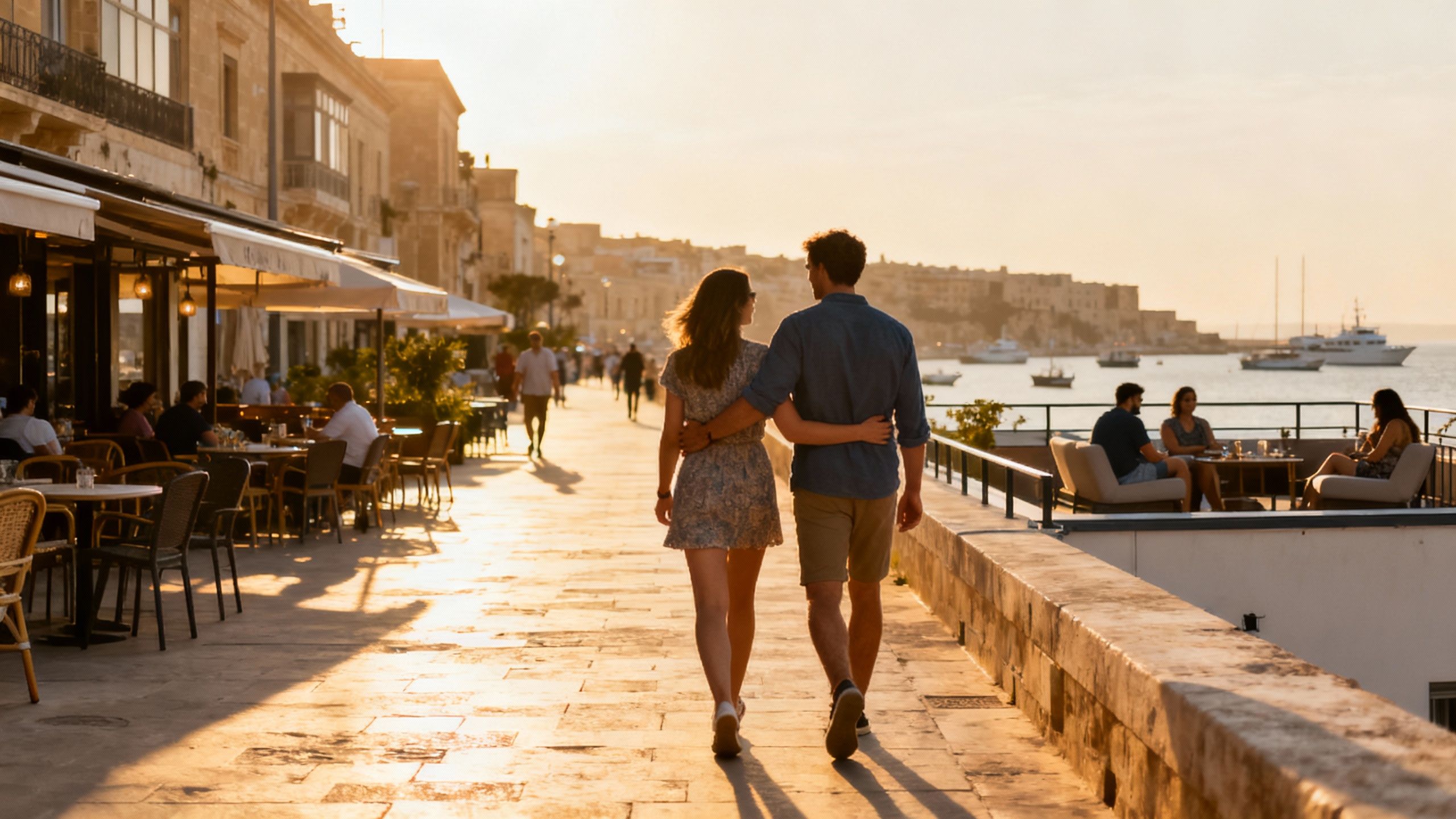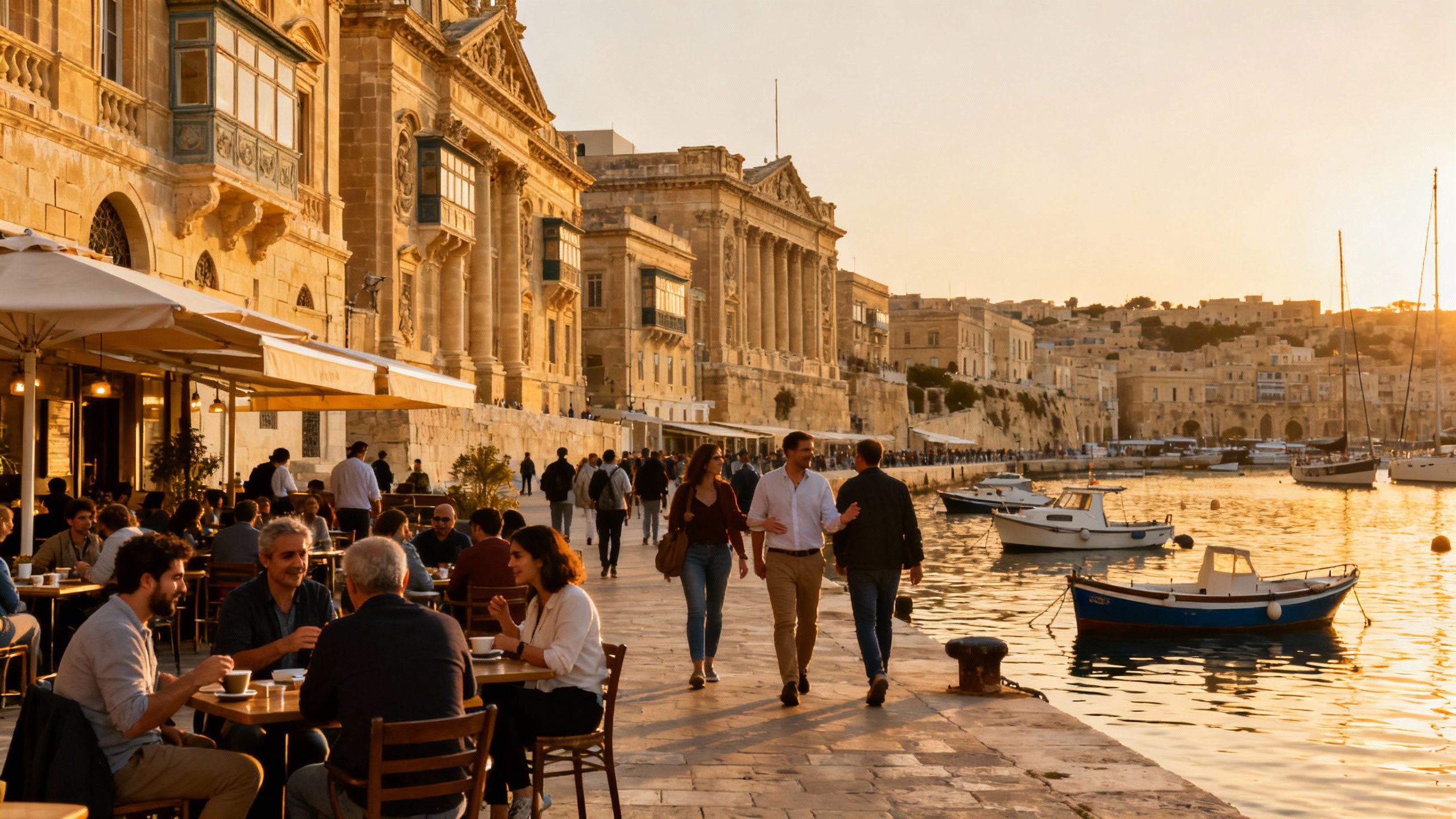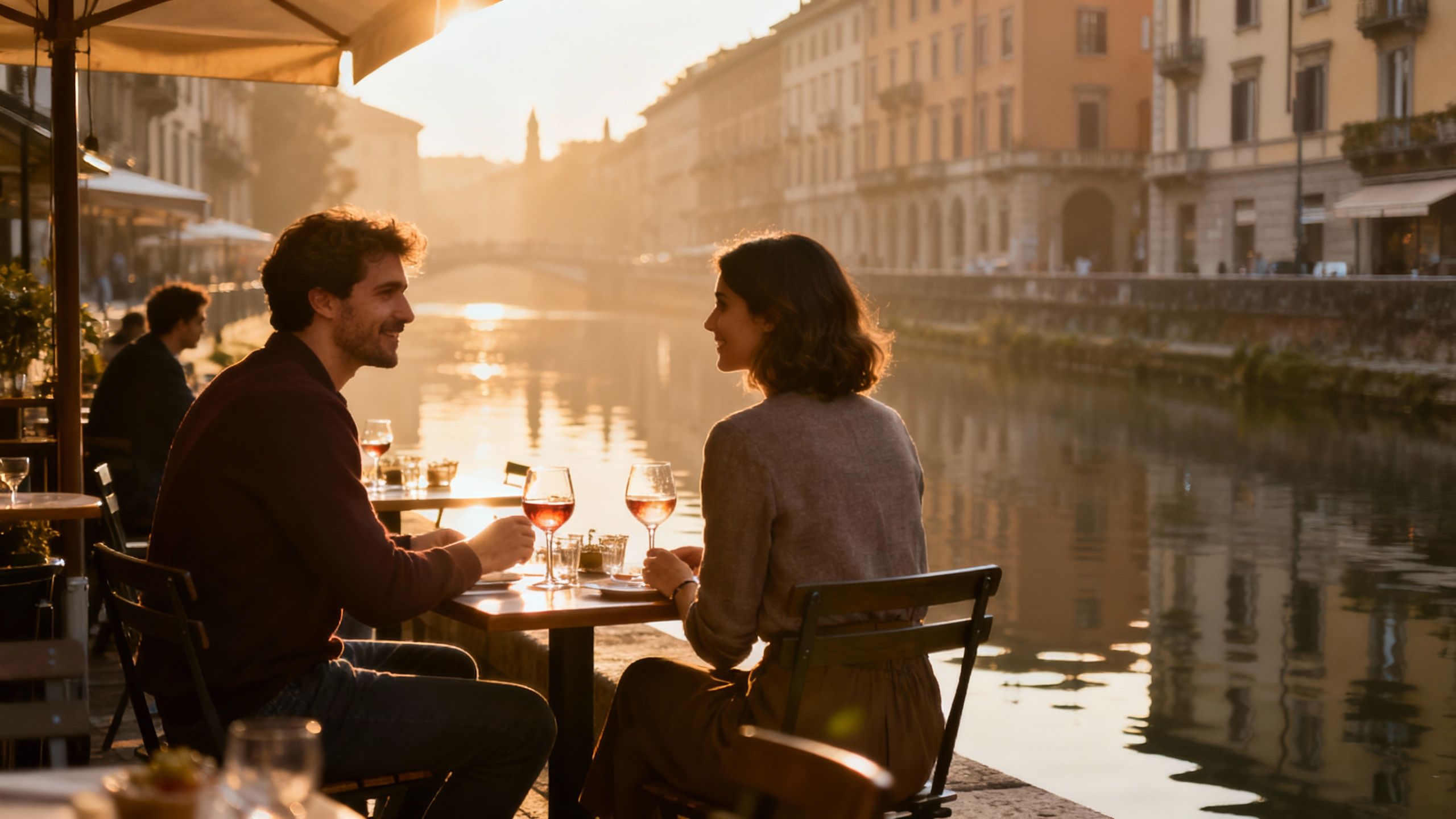Why Malta’s ‘Too Expensive’ Label Overlooks Value
Malta’s headline ‘expensiveness’ masks micro-market opportunities: RPPI rose ~5–6% in 2024–25, but neighbourhood choice, property type and stewardship reveal value for discerning buyers.
Imagine taking an early-morning stroll along the Valletta bastions, the salt air mixing with the aroma of freshly baked pastizzi, then pausing for espresso at a sunlit window while the city slowly wakes. Malta, compact and layered with history, rewards that patience: narrow limestone streets, hidden gardens, and a seaside rhythm that shapes daily life. For many international buyers the island reads as either irresistible or prohibitively expensive; beneath both reactions there is a subtler reality of neighbourhood nuance, seasonal liquidity and architectural variety.
Living Maltese Days: scale, scent and civic life
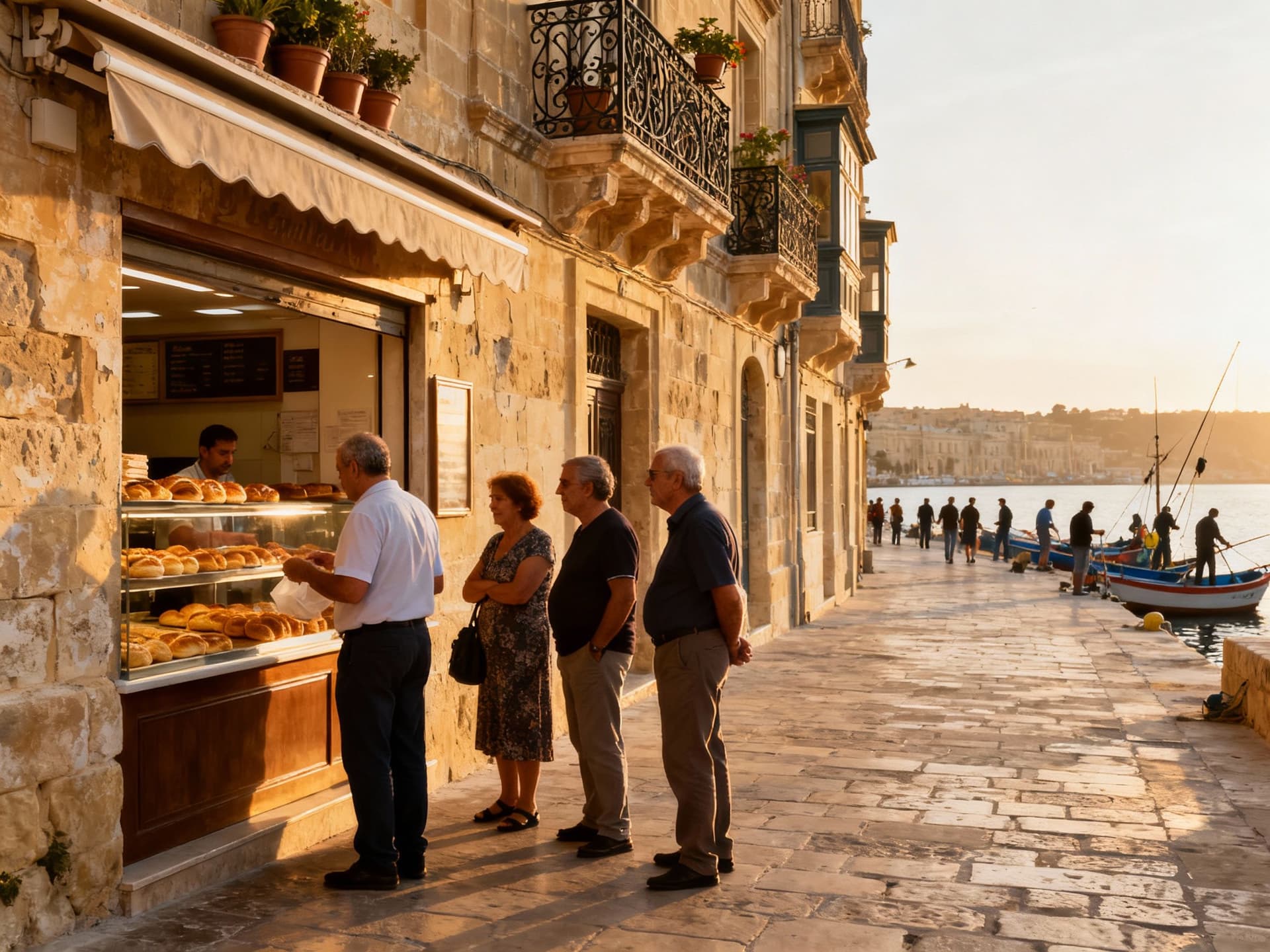
Daily life in Malta is an exercise in proximity. Commutes are short, neighbourhood cafés become habitual anchors and the sea is never far. In Valletta you will hear church bells and footsteps on dressed stone; in Sliema the promenade hums with morning joggers and afternoon shoppers; St Julian’s signposts a livelier evening economy. The island’s scale means that a weekend can include an opera in a baroque theatre, fish lunch in Marsaxlokk and a swim at Għajn Tuffieħa — all within an hour’s drive.
Neighborhood spotlight — Valletta: measured grandeur
Valletta rewards attention to detail: austere façades conceal rooms that admit generous light, wrought-iron balconies hover above silent lanes, and artisan shops trade in restoration materials as much as souvenirs. For a buyer seeking provenance and architectural integrity, a restored townhouse on Strait Street or Old Bakery Street is less about surface show and more about breathable proportion — high ceilings, original cornices, and the slow, private ritual of terrace life overlooking the Grand Harbour.
Food, markets and weekend rhythms
Weekends in Malta are sensorial: fish markets at Marsaxlokk, neighbourhood bakeries in Rabat, lunchtime pastas in Mdina’s quiet squares. The island’s culinary DNA is Mediterranean with Sicilian and North African inflections; small family-run restaurants and modern bistros coexist. For buyers this matters — proximity to a market or a favourite trattoria often outweighs an extra metre of terrace when choosing between two properties.
- Lifestyle highlights and local favourites • Morning espresso on Republic Street, Valletta • Sunset walk from Sliema promenade to Tigné Point • Sunday fish lunch in Marsaxlokk harbour • Sculptural limestone terraces in Mdina’s precincts • Hidden pebble coves at St Peter’s Pool
Making the move: where lifestyle meets market reality
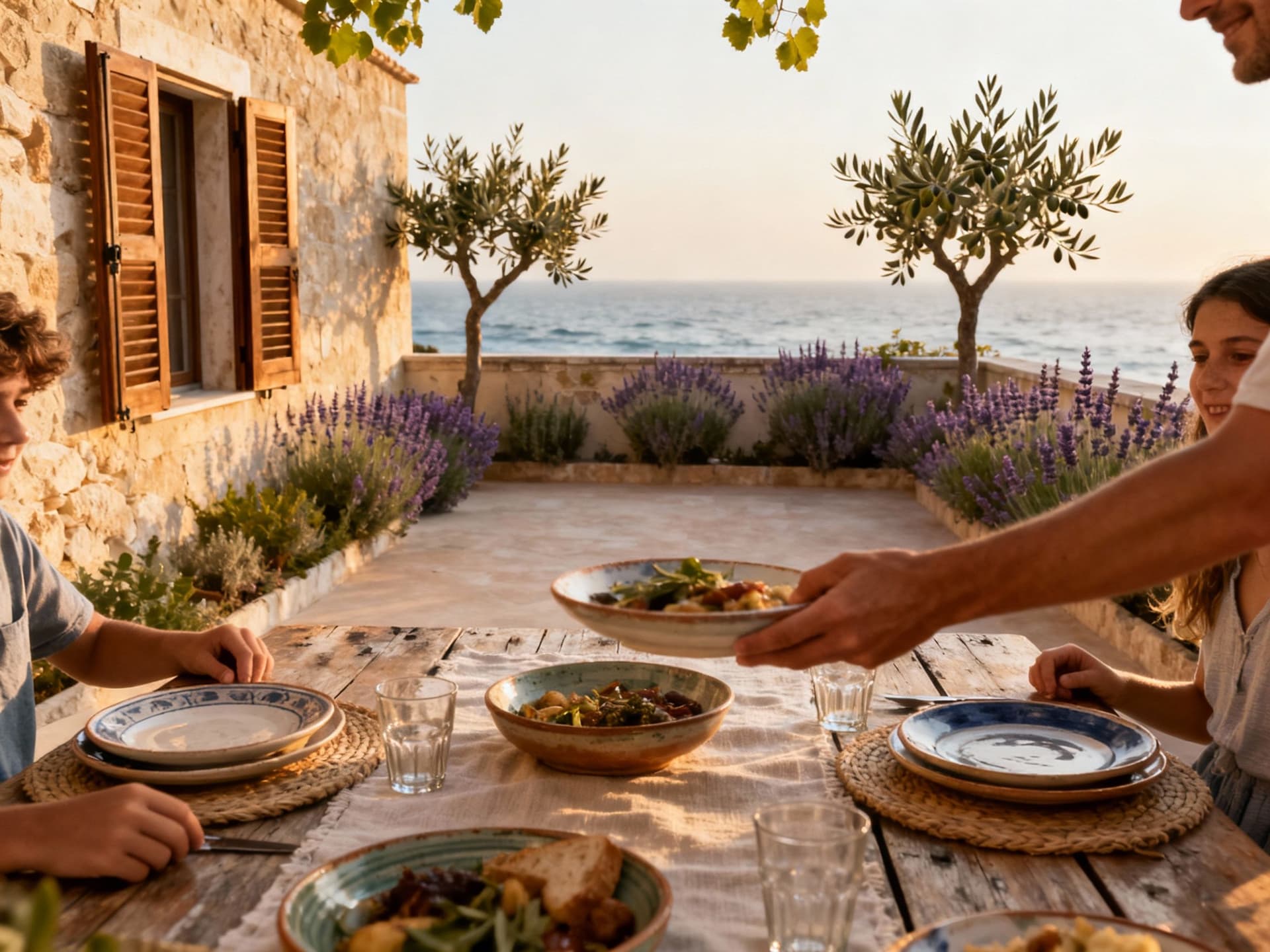
Lifestyle is the opening movement; the market supplies the tempo. Malta’s Residential Property Price Index has continued to rise — the National Statistics Office reported a 5.6% annual increase in Q2 2025 — and transaction volumes remain substantial, with roughly €3.5 billion of residential deals reported in 2024. Those headline numbers explain the anxiety about price, but they also hide micro-market opportunities and seasonal soft spots that a discerning buyer can exploit.
Property types: maisonettes, apartments and townhouses
Maisonettes and apartments dominate the market but each serves a different life. A maisonette with a street-level entrance often offers direct indoor-outdoor living; an elevated apartment in Sliema or St Julian’s delivers light and harbour views but asks for attention to sound insulation and glazing. Townhouses in older villages reward investors who appreciate restoration: these homes age well when repaired with traditional Maltese stone, timber lintels and period joinery.
Working with local experts who understand life as well as law
An agent who knows Sliema cafés and the islands’ planning cadence will also guide you through practicalities others overlook: microclimate effects on terraces, the heritage protections that limit façade changes, and the evolving regulatory landscape — for example, recent European litigation affecting investor-citizenship programmes has altered how some buyers approach residency and long-term stewardship. Local counsel and an agent with a restoration network are tangible assets.
- Practical steps that preserve lifestyle value 1. Map lifestyle priorities (market, harbour, quiet village) before viewing. 2. Request RPPI-based comparables for the exact street, not the town average. 3. Insist on a fabric survey for older townhouses (stone, timber lintels, roof waterproofing). 4. Confirm long-term neighbourhood plans with the local planning authority. 5. Build a restoration budget (10–20% for sensitive period properties).
Insider knowledge: what expats wish they’d known
The common regret is not buying into a micro-market early enough. Expats often arrive charmed by broad strokes — climate, language, access to Europe — then find that quieter districts such as Zebbug or Birgu offer stronger lifestyle-to-price ratios than headline neighbourhoods. Affordability pressures are genuine: affordability measures show price growth outpacing incomes, so timing and local knowledge matter more than ever.
Cultural integration and daily practice
English is an official language and practical communication is straightforward, but social life is local. Befriend a shopkeeper, learn the municipal festa calendar, and you will find invitations to small gatherings — these networks are how trusted contractors, artisan masons and carpenters are found. For long-term owners, contribution to local life is both a social convenience and a preservation strategy.
Looking ahead: stewardship, rental rhythm and resilience
If your aim is a home that endures, think like a steward. Maintain original materials, engage skilled restorers, and consider modest contemporary insertions that improve comfort without erasing provenance. For owners who plan short-term lettings, be aware that neighbourhood character and local rules influence yield: central locations command steady demand, but long-term value often resides in carefully restored houses that attract discerning long-stay tenants.
- Red flags and local realities to watch for • Vacant property patterns — buildings left empty for speculative holding can indicate distorted local pricing. • Unsympathetic modern infill — check planning permissions and aesthetic impacts. • Surface-only renovations — ask for structural and moisture reports. • Overreliance on tourist-season income — verify year-round demand.
Moving to Malta changes the shape of a day. A veranda breakfast becomes a weekday ritual; neighbours tend to know each other and the island’s size encourages a practical modesty in domestic life. If you value craftsmanship, community and the slow rewards of restoration, Malta will repay attention. Begin with a short reconnaissance visit, meet a local agent who appreciates provenance, and let the island’s intimate scale guide your timing.
SelectedLocation: Malta
Having moved from Stockholm to Marbella in 2018, I help Scandinavian buyers navigate Spanish property law, restoration quality, and value through authentic provenance.
